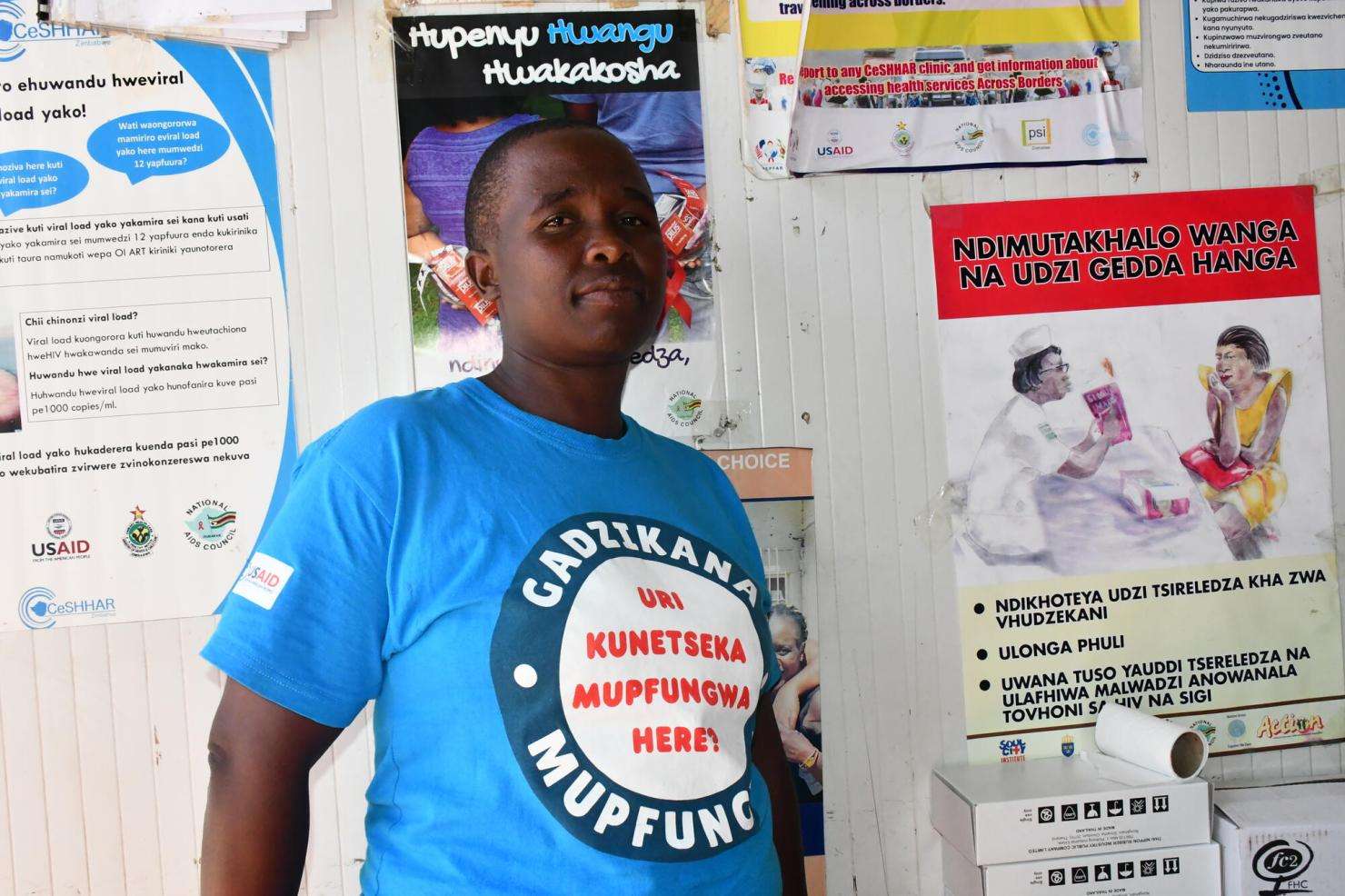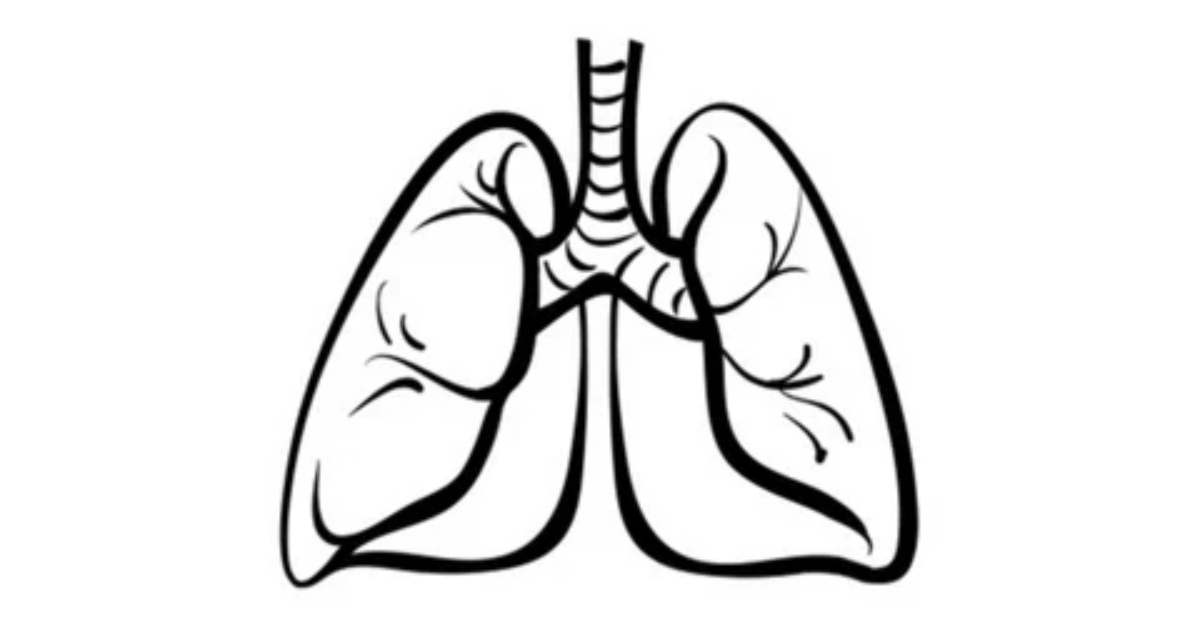After displaying encouraging efficacy as monotherapy in heavily pretreated patients with non–small cell lung cancer (NSCLC) and in combination with pembrolizumab (Keytruda) in the frontline setting, sigvotatug vedotin (SGN-B6A) is being compared with docetaxel in patients with pretreated NSCLC in the phase 3 Be6A Lung-01 trial (NCT06012435).1-3
“Sigvotatug vedotin is an antibody drug conjugate [ADC] which targets integrin beta-6,” Jyoti Malhotra, MD, MPH, explained in an interview with OncLive®. “The payload is the antitubulin chemotherapy monomethyl auristatin E. Because this is an ADC, it ensures a broader therapeutic index compared with standard of care chemotherapy, as well as more targeted delivery to cancer cells, making it [potentially] more efficacious than chemotherapies such as docetaxel.”
Malhotra is the interim division chief of Thoracic Medical Oncology, associate professor in the Department of Medical Oncology and Therapeutics Research, and the director of thoracic medical oncology at City of Hope in Duarte, California.
Prior Data Support Sigvotatug Vedotin Monotherapy and Combination Therapy in NSCLC
During the 2024 ASCO Annual Meeting, investigators presented data from the phase 1 SGNB6A-001 study (NCT04389632), which examined sigvotatug vedotin in patients with NSCLC.1 The population was heavily pretreated, with a median of 3.0 (range, 1-10) prior lines of therapy; most patients received prior platinum-based therapy (87.2%) and a PD-1/PD-L1 inhibitor (92.3%).
Data from SGNB6A-001 revealed that patients with NSCLC treated across all dose groups (n = 116) achieved a confirmed overall response rate (ORR) of 19.0% (95% CI, 12.3%-27.3%), including a complete response (CR) rate of 2.6%. The median duration of response (DOR) was 11.3 months (95% CI, 2.4-24.9+) and the disease control rate (DCR) was 69.0% (95% CI, 59.7%-77.2%).
The median progression-free survival (PFS) and overall survival (OS) values were 3.5 months (95% CI, 2.7-5.3) and 11.2 months (95% CI, 8.3-13.7), respectively. The respective 12-month PFS and OS rates were 18.8% and 47.9%.
Notably, patients with nonsquamous, taxane-naive disease (n = 42) who received sigvotatug vedotin achieved a confirmed ORR of 31.0% (95% CI, 17.6%-47.1%), with a CR rate of 4.8%. The median DOR was 11.6 months (95% CI, 2.4-24.2+) and the DCR was 81.0% (95% CI, 65.9%-91.4%). The median PFS was 6.4 months (95% CI, 4.5-10.5) and the median OS was 16.3 months (95% CI, 11.5-not evaluable).
“We saw promising activity with sigvotatug vedotin in heavily pretreated patients with taxane-naive NSCLC,” Malhotra said. “The ORR was 31%, which is very promising in this setting.”
Patients in the safety population treated across all dose levels (n = 117) experienced any-grade treatment-emergent adverse effects (TEAEs) at a rate of 96.2%; any-grade treatment-related TEAEs occurred in 75.4% of patients. Grade 3 or higher TEAEs (50.5%), TEAEs leading to drug discontinuation (8.5%), and grade 5 TEAEs (2.2%) were all reported. The most common any-grade TEAEs occurring in at least 15% of patients included fatigue (48.7%), peripheral sensory neuropathy (36.8%), and nausea (35.0%).
Patients with NSCLC who received sigvotatug vedotin at 1.8 mg/kg adjusted ideal body weight (AiBW) every 2 weeks (n = 31) experienced any-grade TEAEs at a rate of 93.5%. Grade 3 or higher TEAEs occurred at a rate of 35.5% and there were no grade 5 TEAEs. Common any-grade TEAEs occurring in at least 15% of patients included nausea (51.6%), peripheral sensory neuropathy (48.4%), and decreased appetite (35.5%).
“We’ve seen the adverse effects [AEs] that we usually associated with microtubule inhibiting chemotherapy, but we haven’t seen any additional safety signals or an unexpected toxicity profile,” Malhotra commented.
There has also been interest in combining sigvotatug vedotin with immunotherapy in patients with NSCLC. Findings from an expansion cohort of SGNB6A-001 presented during the 2025 ASCO Annual Meeting revealed that sigvotatug vedotin in combination with pembrolizumab was safe and effective in patients with treatment-naive NSCLC.2
Data from the expansion cohort showed that efficacy-evaluable patients with NSCLC with no known EGFR or ALK mutations (n = 21) achieved a confirmed ORR of 42.9% (95% CI, 21.8%-66.0%) with the combination, including a CR rate of 9.5%. The DCR was 90.5% (95% CI, 69.6%-98.8%). At a median follow-up of 4.8 months (95% CI, 3.7-6.0), the median DOR was not reached.
“We we saw some promising results [with sigvotatug vedotin plus pembrolizumab] in treatment-naive patients [and] that’s something that needs to be explored further,” Malhotra said.
Be6A Lung-01 Is Underway in Pretreated NSCLC
Be6A Lung-01 is an ongoing open-label study that is evaluating sigvotatug vedotin vs docetaxel in adult patients with nonsquamous NSCLC.3,4 Patients are required to have measurable disease per RECIST v1.1 criteria, an ECOG performance status of 0 or 1, and a histologically or cytologically confirmed diagnosis of locally advanced, unresectable (stage IIIB or IIIC), or metastatic stage IV (M1a, M1b, or M1c) disease.3
“[Nonsquamous histology] is an important consideration because sigvotatug vedotin is an ADC in which the payload is an antitubulin chemotherapy,” Malhotra said. “Patients who have already been treated with an antitubulin, such as a taxane, may not see the same efficacy as patients who are taxane naive. In squamous NSCLC, first-line treatment is usually with paclitaxel, unlike [nonsquamous] NSCLC where patients are taxane naive when they make it to the second-line setting. For that reason, [Be6A Lung-01] has been planned to include only patients with nonsquamous histology.”
Patients with known actionable genomic alterations are permitted to enroll if they have received at least 1 targeted therapy and/or received platinum-based combination therapy for the treatment of metastatic or recurrent disease or experienced disease progression within 6 months of the last dose of platinum-based chemotherapy in the adjuvant or neoadjuvant; these patients were also permitted to have received up to 1 PD-1/PD-L1 monoclonal antibody. Those without known actionable genomic alterations must have received platinum-based combination therapy for the treatment of metastatic or recurrent disease and a PD-1/PD-L1 monoclonal antibody, unless contraindicated, and/or have experienced disease progression within 6 months of the last dose of platinum-based chemotherapy in the adjuvant or neoadjuvant setting and received a PD-1/PD-L1 monoclonal antibody.
Eligible patients will be randomly assigned 1:1 to receive intravenous (IV) sigvotatug vedotin at 1.8 mg/kg AiBW on days 1 and 15 of each 28-day cycle or IV docetaxel at 75 mg/m2 on day 1 of each 21-day cycle.4
The coprimary end points are OS and ORR by blinded independent central review (BICR) per RECIST 1.1 criteria. The key secondary end points is PFS by BICR; additional secondary end points include investigator-assessed PFS, DOR by BICR and investigator assessment, all per RECIST 1.1 criteria, as well as safety and patient-reported outcomes.3
“We don’t have a lot of effective options for patients with pretreated lung cancer right now, it’s usually single-agent chemotherapy, such as docetaxel or gemcitabine, which have a lot of AEs and are not as effective,” Malhotra said. “Any trial which shows significant results in that setting will be welcomed because we need to do better for our patients and improve outcomes.”
References
- Peters S, Hollebecque A, Sehgal K, et al. Efficacy and safety of sigvotatug vedotin, an investigational ADC, in NSCLC: updated phase 1 results (SGNB6A-001). J Clin Oncol. 2024;42(suppl 16):8521. doi:10.1200/JCO.2024.42.16_suppl.8521
- Sehgal K, Jaime JC, Powell SF, et al. Sigvotatug vedotin (SV), an investigational integrin beta-6 (IB6)–directed antibody‒drug conjugate (ADC), and pembrolizumab combination therapy: initial results from an ongoing phase 1 study (SGNB6A-001). J Clin Oncol. 2025;43(suppl 16):3010. doi:10.1200/JCO.2025.43.16_suppl.3010
- A study of SGN-B6A versus docetaxel in previously treated non-small cell lung cancer. ClinicalTrials.gov. Updated July 18, 2025. Accessed August 12, 2025. https://clinicaltrials.gov/study/NCT06012435
- Peters S, De Cerqueira Mathias CM, Cheng ML, et al. Be6A Lung-01, a phase III study of sigvotatug vedotin (SV), an investigational antibody-drug conjugate (ADC) versus docetaxel in patients (pts) with previously treated non-small cell lung cancer (NSCLC). Ann Oncol. 2024;35(suppl 2):S875. doi:10.1016/j.annonc.2024.08.1453











